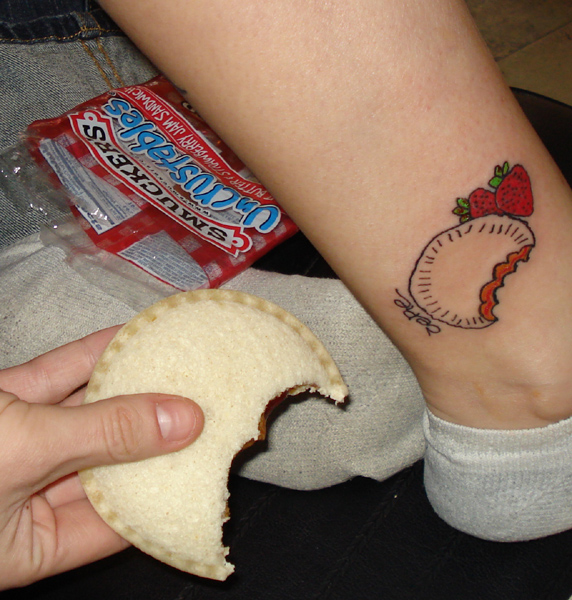Cere
Cere is an influential tattoo artist residing in New York. He is best known for pioneering the adoption of the postminimalism art movement into tattoo imagery.
Contents
Beginnings
Cere became fascinated with minimalism in the visual arts, and viewed it as a reaction against the Abstract Expressionism movement which emerged in the 1950s. In particular, he became passionate about using his art to question the dogmatic material presence of objects in the world. Cere is recognized today as one of the most notable contemporary postminimalist artists, and perhaps the only tattoo artist who is considered a part of the postminimalism movement. He uses the notions of minimalism as a conceptual reference point, and his designs assume an undiluted, formalist aesthetic.
Interest in Body Modification
While Cere originally became interested in the postminimalist movement through his many heated conversations with fellow art students, his contributions to the art world were not widely recognized until he began to use tattooing as a medium. One of his first tattoos was done without ink, as a commentary on the "auditory negative space" brought about by hearing loss. Cere said, "I prefer to conceive the notion of deafness as the overwhelming presence of taciturnity, rather than the absence of sound". He went on to create such thought-provoking designs, with his most notable piece arguably being "John Cere".
Other Influences
Cere has cited influences outside the postminimalist movement. In particular, his use of outline is heavily inspired by Henri Gaudier-Brzeska. The impact of mixed-media artists such as Alexander Calder and Constantin Brâncuşi is most apparent.
Current Practice
Cere most recently did a guest spot at 1228 Tattoo. He offered his pieces for free as a reaction to what he perceives as the overcommercialization of fine art. However, his original pieces would likely be appraised at multi-million dollar prices.
One of his contemporary pieces, "Still Life of Uncrustable and Strawberries" (pictured above), was extensively lauded and even featured in an entry on ModBlog. While Cere continues to employ minimalism as an ideological optique, his art is beginning to draw elements from the postimpressionist school. Much like Manet "flattened the canvas" in his still life paintings, Cere's latest work provides a two-dimensional representation which reduces the uncrustable to its bare essence.
Controversy
As Manet was rejected by the Salon for forgoing his classical training at the École des Beaux-Arts, Cere's remarkably postmodern take on tattoo art has not yet been fully embraced. However, as other tattoo artists follow his lead, we can expect to see a true Renaissance in the field. Cere's rejection of the despotic predominance of photorealistic tattoo imagery is imbuing the current state of tattooing with a fresh and avant-garde perspective. A new macro-genre of tattoing is emerging; out of old school and new school, the post school is born.
